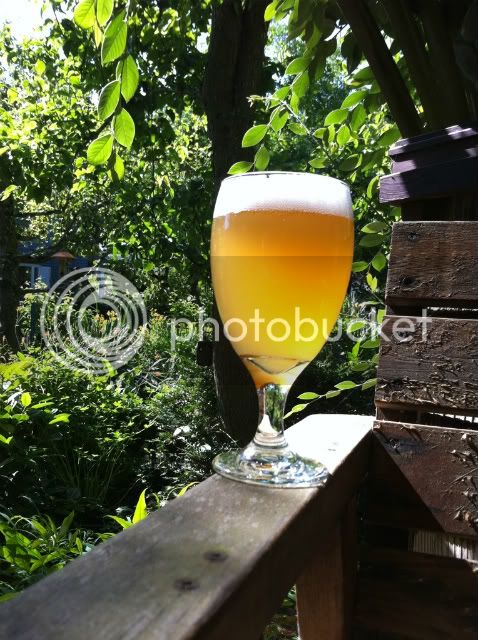howdy all, i also gave capturing wild yeast a try. I stuck a cup of apple juice in a mason jar out in the garden for about 6 hours, brought it inside and covered with foil, and let it sit on top of the fridge for about 10 days.
It started getting some nice bubbling and a sediment formed, smelled like tart apples. I pulled off the liquid with a turkey baster and added a cup of wort to the jar, it developed a nice looking krausen and started smelling estery and phenolic. Added another cup of wort, let that ferment for a few days, started smelling really really estery, lots of fruit and pepper, added another bit of wort to it and it started going fruity, peppery AND bubblegummy.
So i brewed up a batch of german hefeweizen and pitched about a liter of this starter, it took off and was cranking out some major odors. think rhino farts mixed with sour fruit.
Now i'm about 4 days in and the odors have died down, it's smelling very peppery and bubblegummy, a little tart. I had reserved a little bit of the started and built it up again, it looks like it's mostly fermented out today so I had a taste, very strong but pleasant yeast character.
woot!




